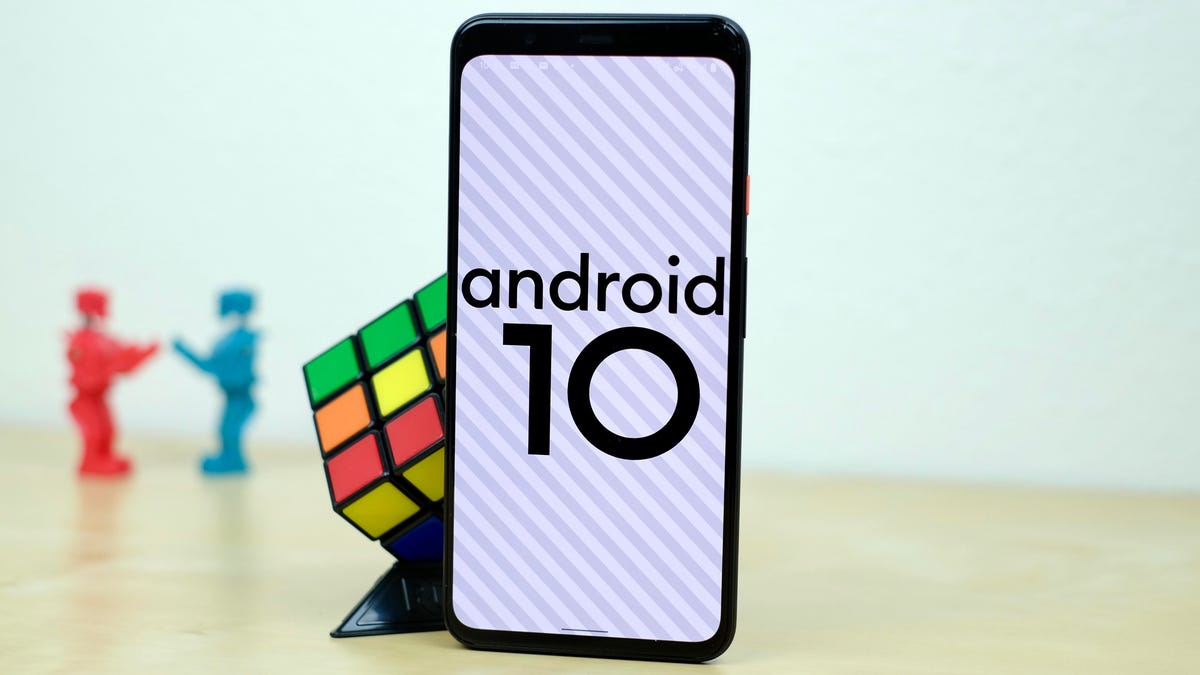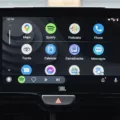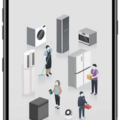Android 10, also known as Android Q, made its debut in September 2019. As the tenth major release of the Android operating system, it brought a range of new features and enhancements to the table. But how long will Android 10 be supported?
When it comes to Android versions, it’s important to understand that Google provides support for a certain period of time. This includes both security updates and software upgrades. The duration of support can vary depending on a few factors, such as the popularity of the version and the overall lifespan of the device.
Typically, Google provides major software updates for its Pixel devices for at least three years from the time the device was made available on the Google Store. This means that if you own a Pixel device that was released around the same time as Android 10, you can expect to receive software upgrades until at least September 2022.
In terms of security updates, Google commits to delivering them for at least three years from the time the device was first released on the Google Store or for 18 months after the device is no longer available for purchase, whichever is longer. This means that if you own a Pixel device that was released around the same time as Android 10, you can expect to receive security updates until at least March 2023.
However, it’s important to note that the support timeline for non-Pixel devices may vary. Manufacturers often have their own policies when it comes to providing software upgrades and security updates. Some may offer support for a longer period of time, while others may not provide updates as frequently.
To ensure that you receive the latest updates and security patches for your Android device, it’s recommended to regularly check for software updates in your device’s settings. This will allow you to stay up to date with the latest features and keep your device secure.
Android 10 was released in September 2019 and is currently supported by Google for its Pixel devices. The duration of support includes both software upgrades and security updates, with a typical timeframe of at least three years. However, the support timeline may vary for non-Pixel devices, so it’s important to check with your device manufacturer for specific details.

Is Android Version 10 Old?
Android version 10, also known as Android Q, was released in September 2019. As of now, it is not considered to be an old version of Android. However, it is important to note that Android versions are regularly updated by Google, with new versions being released approximately once a year. The most recent version of Android at the time of writing is Android 12, which was released in October 2021.
Android updates typically bring new features, performance improvements, and security enhancements to the operating system. While Android 10 may not be the latest version available, it is still relatively recent and widely used.
It is worth mentioning that the lifespan of an Android version can vary depending on factors such as device compatibility and manufacturer support. Some devices may receive updates to newer versions of Android, while others may remain on older versions. Therefore, it is important to consider the specific device and its update policy when determining the age of a particular Android version.
Android 10 is not considered old, but it is not the latest version available. The Android operating system continues to evolve with regular updates, and users are encouraged to keep their devices updated to benefit from the latest features and security enhancements.
Can You Upgrade Your Android 10 to 12?
You can upgrade your Android 10 device to Android 12 if it is a supported Google Pixel device. Google typically releases new Android versions for its Pixel devices, and Android 12 is no exception.
To check if your device is eligible for the upgrade, you can go to the settings on your Pixel device and navigate to the “System” or “About phone” section. Look for the “Software update” or “System updates” option, where you can check for any available updates. If Android 12 is available for your device, you should see an option to download and install it.
It’s important to note that not all Android devices will receive the latest Android version as it depends on the manufacturer and device model. In this case, if you have a Google Pixel device, you have a higher chance of receiving the Android 12 update.
Before installing Android 12, it’s recommended to back up your data to ensure you don’t lose any important information. While the update process usually doesn’t require a full reset of your device, it’s always a good precautionary measure to have a backup of your data.
Once you have completed the backup, you can proceed with the installation of Android 12 by following the on-screen instructions. It’s advisable to have a stable internet connection and sufficient battery life during the update process to avoid any interruptions.
Keep in mind that the availability of Android 12 may vary depending on your region and carrier. Additionally, if you have a non-Pixel device, you will need to check with your device manufacturer for information on Android 12 updates specific to your device.
Conclusion
Android 10 was a significant release in the Android operating system lineup. It introduced several new features and improvements that enhanced the overall user experience. With a focus on privacy and security, Android 10 provided users with more control over their data and app permissions. The introduction of the system-wide dark mode also brought a visually appealing and battery-saving option to Android devices.
Android 10 also introduced a number of usability enhancements, such as the gesture navigation system, which made navigating through the operating system more intuitive and fluid. The Smart Reply feature in notifications made it easier for users to respond to messages, while the Live Caption feature provided real-time captions for media playback.
Furthermore, Android 10 brought improvements to the digital wellbeing features, allowing users to better manage their screen time and app usage. The updated Digital Wellbeing dashboard provided detailed insights into app usage and offered tools to limit distractions and promote a healthier balance between technology and daily life.
Android 10 was a significant step forward in terms of privacy, security, usability, and digital wellbeing. Its features and enhancements aimed to provide a more seamless and secure user experience, while also promoting a healthier approach to technology usage. Android 10 laid the foundation for future Android versions and set the stage for further innovation in the world of mobile operating systems.








